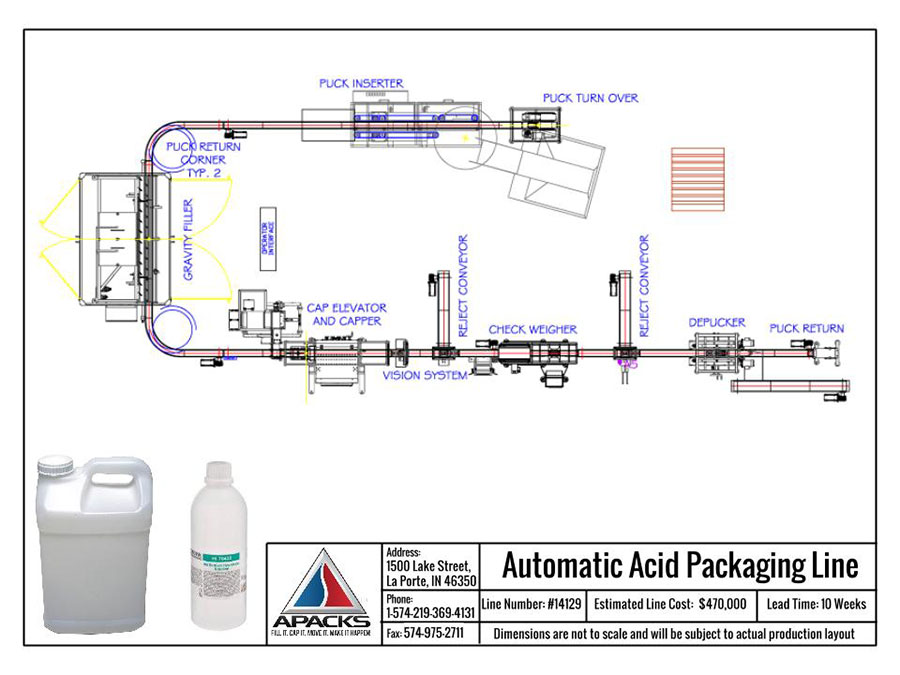Resources
Filling Machine Checklist
Our Helpful Guide to Making Your Next Filling Machine Purchase Trouble Free.
Here is a useful checklist to help make sure you get the right equipment for your liquid filling operation. Whether you are replacing just one component in an existing production line or moving up from a manual filling operation to a fully automatic packaging line, this list will help eliminate mistakes that could cost you in time and money.
Bottled Water Industry Regulations
Bottled water’s consistent safety and quality is due in part to the extensive FDA requirements, individual state regulations and industry standards which bottled water must meet. All of these combine to make bottled water one of the safest food products available for human consumption.
Bottled water is comprehensively regulated by federal, state and, occasionally, local governments. At the federal level, bottled water is regulated as a packaged food product, governed by the U.S. Food and Drug Administration (FDA) through the Food, Drug, and Cosmetic Act. At the state level, bottled water is regulated in myriad ways, typically through state environmental, food or agricultural agencies.
Common Liquids, Viscosity and Formats
Here is a handy chart of common liquids and their viscosity in each the 3 standard measurement units.
Do not be afraid if this is your first adventure into equipment for bottling your products. You probably already know you need to put some sort of code on your container, but you may not know the three most critical decisions: what, where and how. Different industries, companies, state agencies and countries require different codes.
Liquid Filling Principles
The methods and machines used to fill bottles vary with each application in which they are used. In some cases, the filling machines are simple in design, construction, and operation. In other cases, the machines are more complicated, operate at fast speeds, and handle many different sizes and shapes of bottles. One of the most important aspects in choosing the right equipment is the material being placed in the container.
Gravity Filling
Gravity Filling Machine Principles
Gravity filling is the simplest filling method. The uncomplicated construction and operation of gravity filling machines permits them to run with a minimum of maintenance. The supply tank (more properly called the filler bowl) is the upper, central part of the machine. Filling stems are attached to the bottom surface of the bowl at each container filling point.
Why Induction Seal?
Induction sealing is a method of hermetically sealing rigid containers to provide tamper evidence, preserve freshness, deter pilferage and prevent leakage while providing product integrity.
Volumetric Filling Principles
The design and construction of the filling section of the volumetric filling machines varies between two extremes-machines that fill exact amounts of products, and machines that fill products within a small tolerance. Control of the product between these two extremes will vary with each particular machine that is made. However, each machine has its own particular application for which it functions the best.
Request a Quote
Call (219) 393-5541 or Toll Free (USA) (800) 328-0466 to speak to a sales representative or click below to request a quote now.

